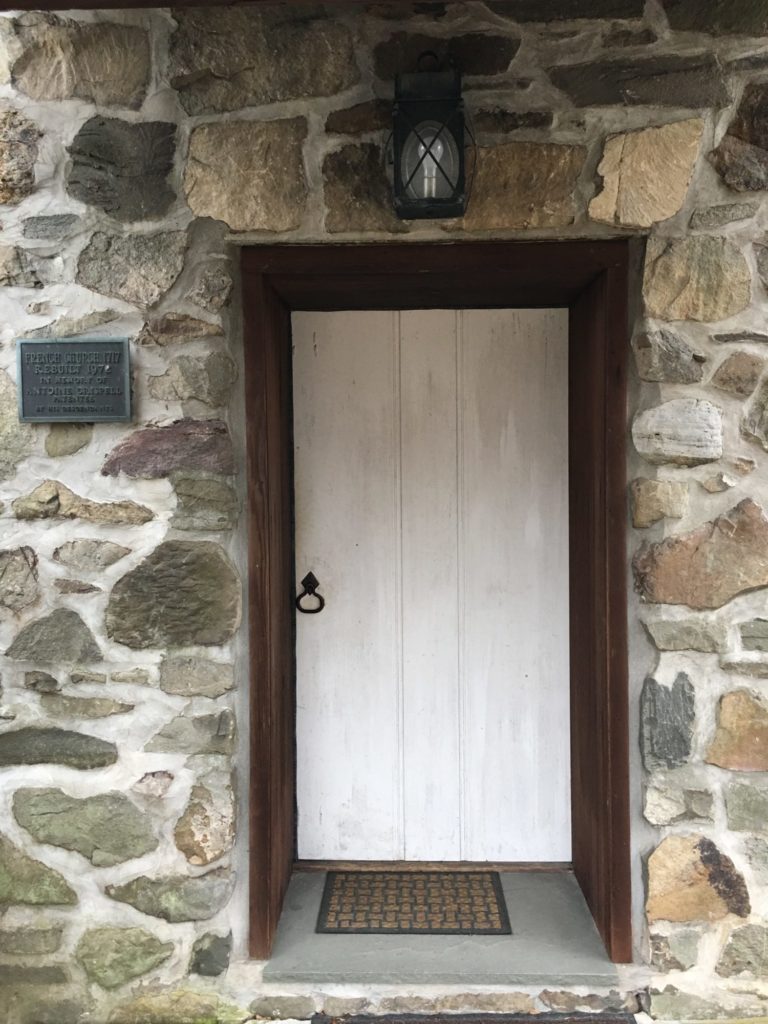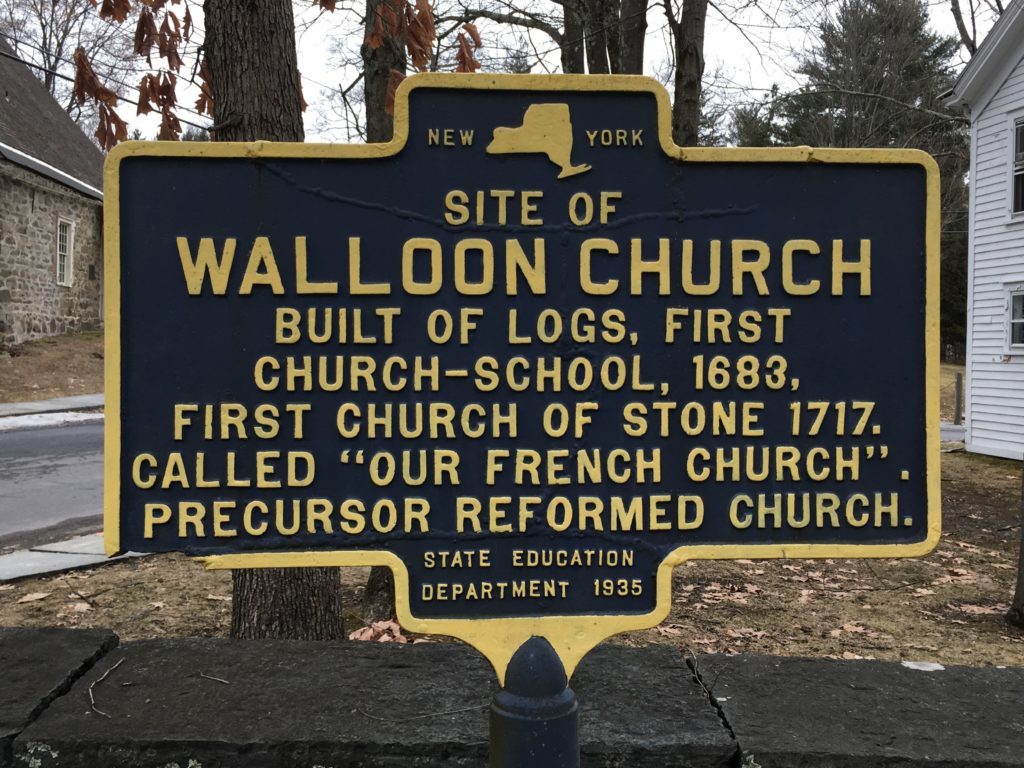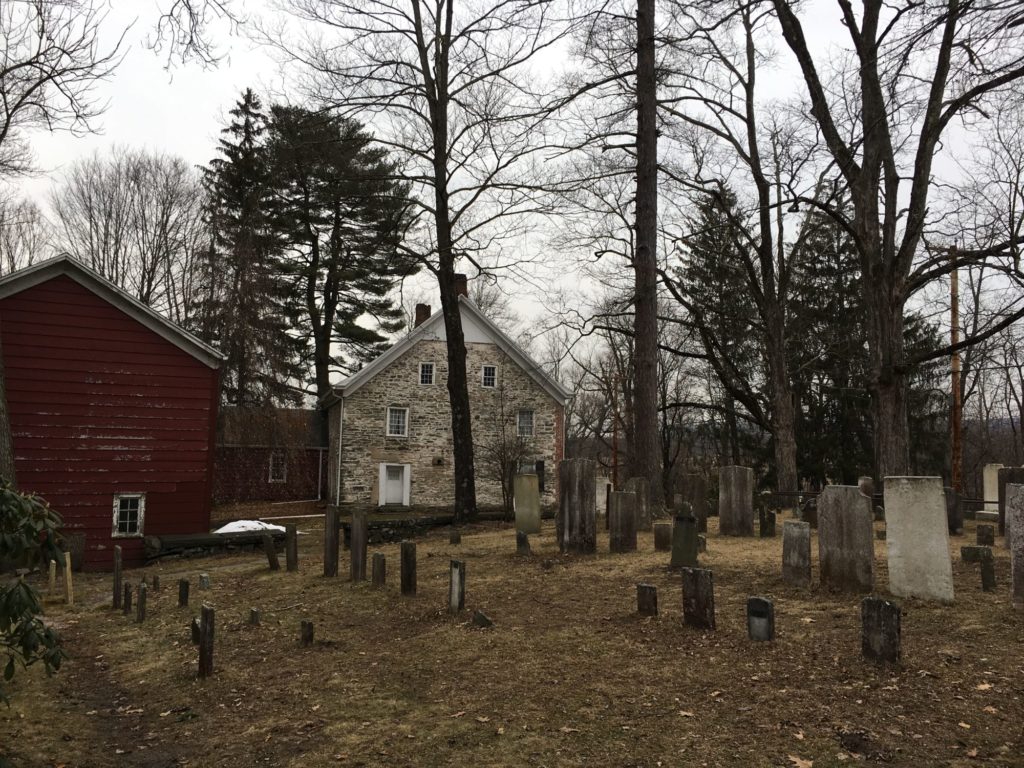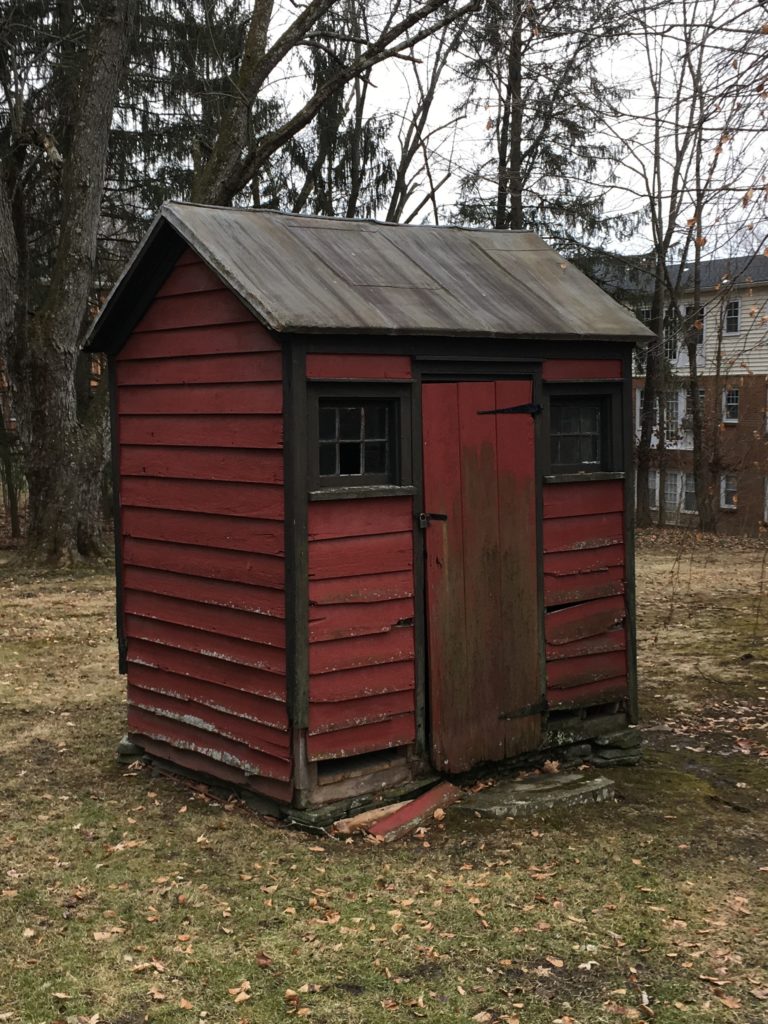French Huguenots founded the town of New Paltz in New York state in 1677. Their first houses were made of logs, but by the beginning of the 1700s, they were building more permanent stone houses. Several of those buildings survive today on Huguenot Street, a National Historic Landmark.






Lamoka, thank you for your blog post.Really thank you! Awesome.
Hi! We are new here on Lamoka, and love it! Just an FYI, one of the houses on Huguenot street is the Deyo House – it’s our last name! It’s a nice place to visit!
The photo with a stone marker and a hole in the middle is the same marker we have discovered on the shore of Lake Champlain after Hurricane Irene in 2011 unearthed land masses that were buried by the lake sand for centuries. Our property is on a site from 1776 owned by a stone and lumber mill owner named William H Gilliland. We are directly across from Valcour Island where the Philadelphia Gunboat was found and is displayed in The Smithsonian.
Now the question is: What is that round cement marker in the forefront of the first photograph? Any information would be most helpful.
Our land is on a Lake Champlain Map and named Old Dock Road.
The large stone in the first photo is a millstone. It originally would have been in a mill and would have been used to grind corn, wheat, or other grains. There may have been a gristmill near your property. Millstones do wear out, so it may have also been dumped there, or re-used in landscaping.
Thank you so very much for your prompt response. Yes there was a gristmill at this site as it was on the Salmon River in Clinton County NY which had a wooden waterwheel during the 1760’s. They also built gunboats for the Battle of Valcour Island in Oct 1776.
The property was built as a shipping port for goods coming through the Hudson River to Lake Champlain via the canal system.
So thank you so much for your information. The stone gristmill was moved from the original site due to extreme flooding from a rare hurricane that occurred in upstate NY in 2011. Hurricane Irene. After the flooding, there was unearthed tools, cannons and ship debris dating back to the Revolutionary War era.
Does your photo indicate the exact stone placement or was it moved to the location for historical purposes? The Huguenots were very industrious in their designs.
Thank you again.